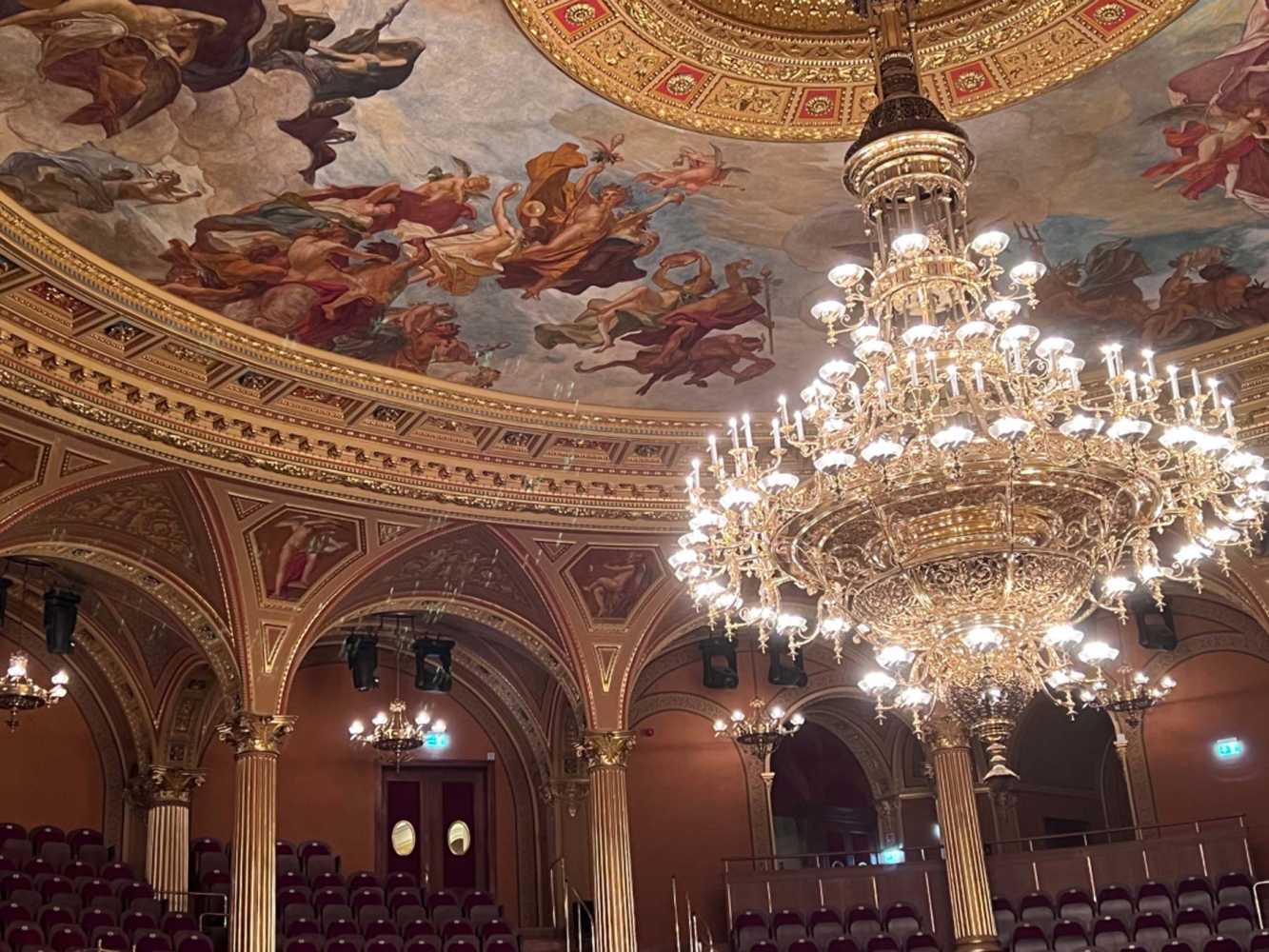A new era for the Hungarian State Opera House
- Details

The building, located on the elegant Andrássy Avenue, has long been one of the world's leading opera and ballet facilities. Some of the finest singers, dancers and performers have showcased their talent at the venue. Gustav Mahler and Otto Klemperer are among those who've served as directors, while Luciano Pavarotti, Placido Domingo and Renée Fleming have performed there.
A previous renovation was undertaken from 1980 to 1984 and the building reopened to the public for the 100th anniversary of the institution. This time around, however, the theme was “back to the original” and returning the venue to its 1884 opening-day glory was not a straightforward task. Initially, the plan had been to close for less than a year, to allow for the installation of new stage technology and some other minor renovations, but the government decided to overhaul the entire building.
The reconstruction saw major work undertaken on the opera house’s stage engineering and auditorium acoustics, as well as the restoration of its historic features. Since the venue shut down in 2017, the ornate façade of the Neo-Renaissance building has been cleaned, its statues restored, and roof tiles replaced. The stage technology is now cutting edge, the acoustics further improved, the orchestra pit expanded, rehearsal rooms renovated, and disabled facilities added.
While adjustments to aspects of the lighting within the opera house comprised a relatively small part of the overall renovation project, they were no less significant. Inevitably, noise generated by lighting fixtures was a major consideration. The fixtures’ proximity to the audience meant they would have to be whisper-quiet to avoid distracting guests during intimate performances. In this case, silence was crucial due to precisely where they would be positioned within the venue.
“The SolaFrame Silent luminaires were the perfect choice in this respect,” says Attila Czira, of Luminis, one of several dealers involved in the realisation of the restoration project. Ultimately, the venue opted for 12 SolaFrame Theatre and 12 SolaFrame Studio fixtures.
The opera house welcomed audiences back to its lavish halls with a three-day festival spectacular. It opened with an orchestral gala featuring a line-up including Plácido Domingo, Ádám Medveczky, Gergely Kesselyák and Hungarian State Opera’s general music director Balázs Kocsár.
Since installation, the venue’s technical team has put the fixtures to the test on a variety of occasions for an array of performances. Czira says: “The team has been quite vocal about the performance of the SolaFrame fixtures – praising the CRI, light output and colour temperature in particular. They’re also impressed with the straight framing.
“Ease-of-use and flexibility are important to them too, so the potential for daisy-chainable power in and out, and the ability to program in the menu without a lighting console, are attributes that really stand out.”

















